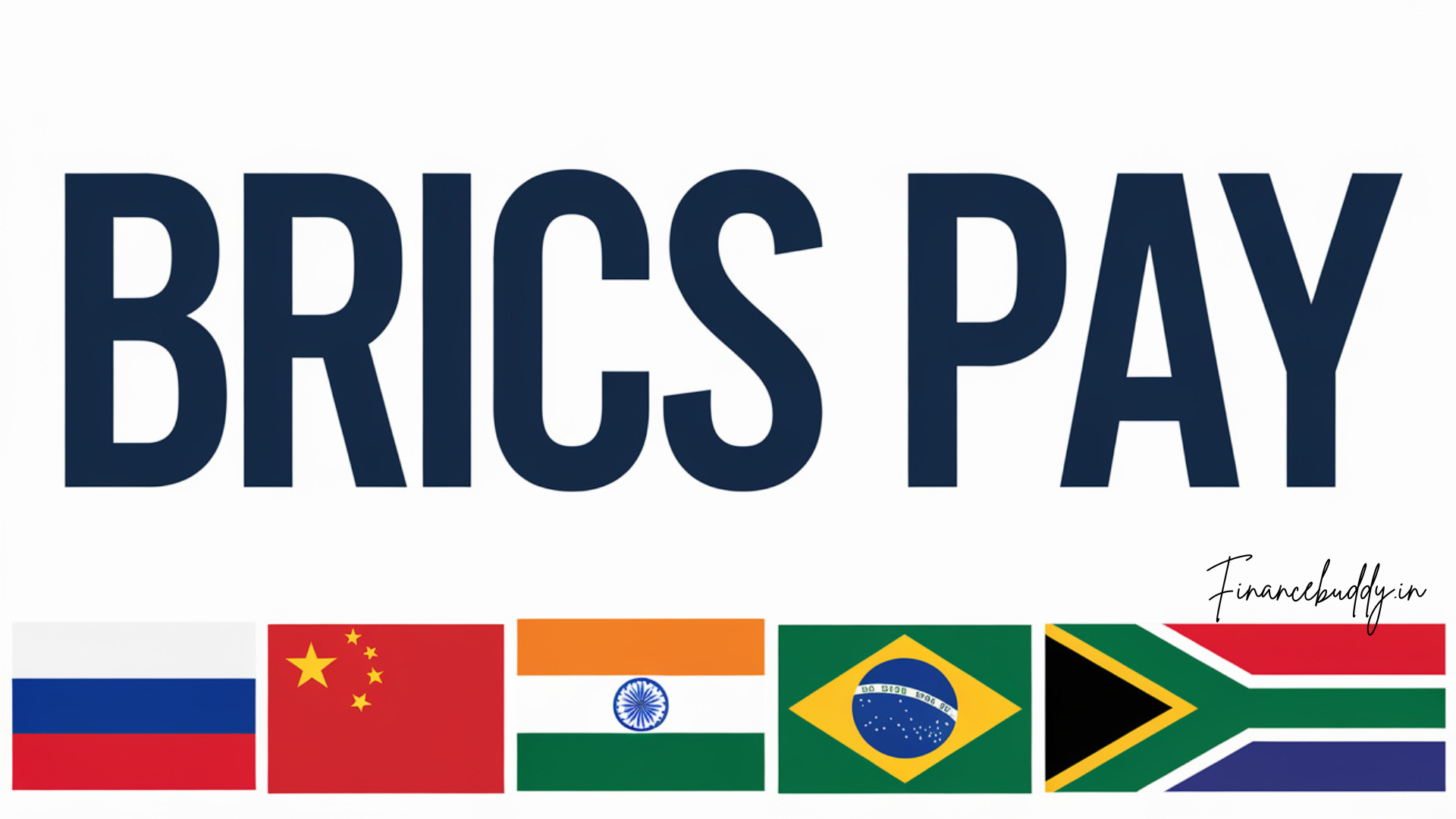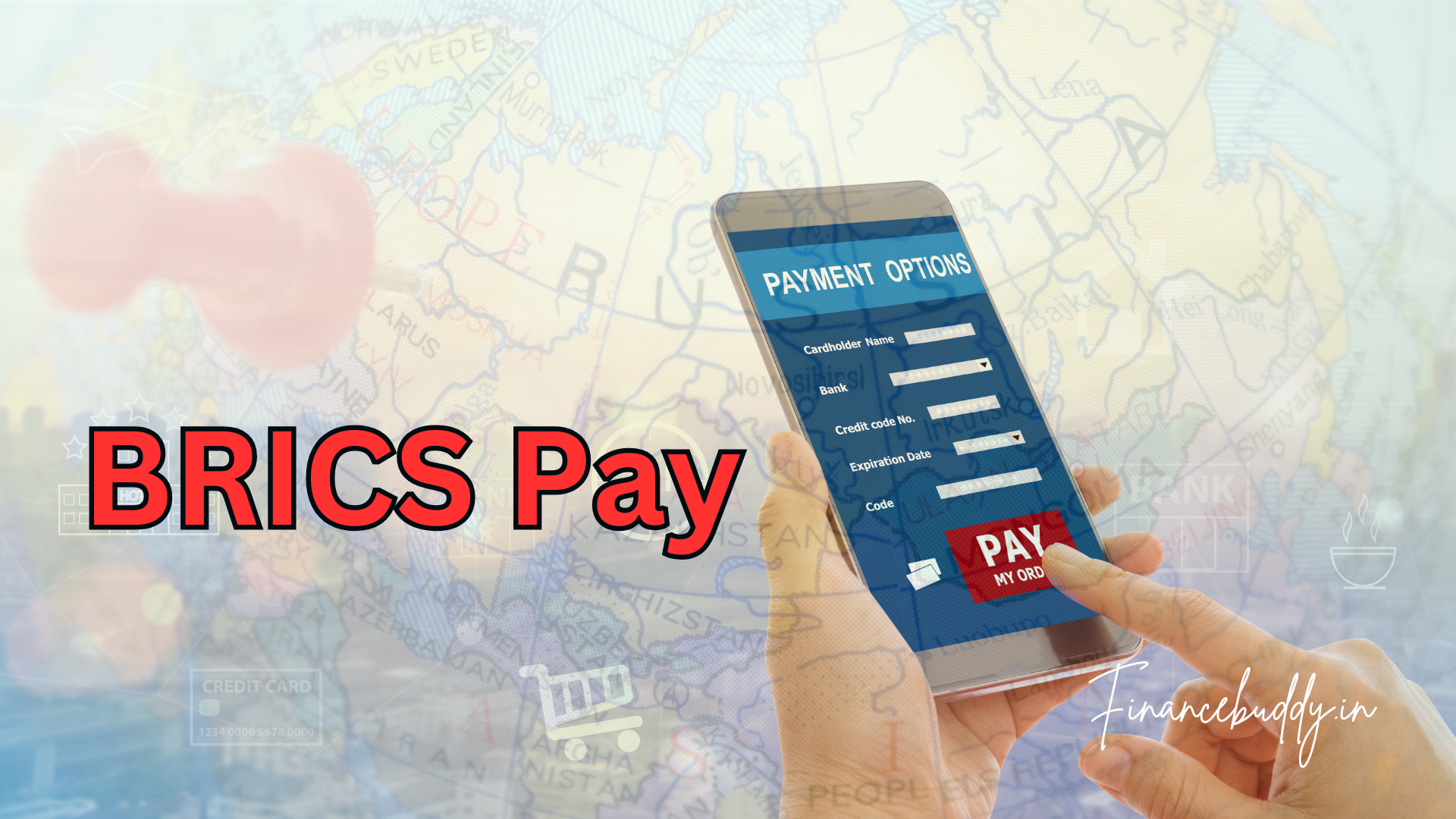During the 2024 BRICS meeting, the Russian Government suggested a new payment system for member nations called Brics Pay.
In a world increasingly dominated by Western financial institutions, Russia is pushing for an alternative payment system under the BRICS (Brazil, Russia, India, China, South Africa) umbrella.
This system, known as BRICS Pay, seeks to create a decentralized financial network that allows seamless transactions among member countries.
Here’s a closer look at what BRICS Pay is, how it functions, and why Russia is championing this initiative.
What is BRICS Pay?
BRICS Pay is a proposed international payment system designed to facilitate transactions among BRICS nations, using blockchain technology for secure and efficient transfers.
It would utilize existing financial infrastructures like Russia’s Mir network and India’s Unified Payment Interface (UPI).
The goal is to create a faster, cheaper, and decentralized system that allows for transactions in local currencies, eliminating the need for reliance on Western-controlled financial systems.
This system aims to function similarly to Europe’s SWIFT network and India’s UPI, enabling cross-border payments without external interference.
BRICS Pay would allow members to make and receive payments in their native currencies.
Member nations can use their currency such as the Russian rouble, Indian rupee, Chinese yuan, Brazilian real, and South African rand, simplifying currency conversions for international transactions.

Why is Russia Pushing for BRICS Pay?
Russia’s advocacy for BRICS Pay stems from its desire to reduce reliance on the US dollar and Western financial institutions like the International Monetary Fund (IMF) and the World Bank.
The push intensified after Russia faced economic sanctions and was cut off from Western capital markets following its invasion of Ukraine in 2022.
These sanctions resulted in frozen foreign reserves and difficulties in conducting international transactions.
Russia’s Finance Minister, Anton Siluanov, has voiced the need for a new financial system independent of Western control.
He argues that the IMF and World Bank no longer serve the interests of BRICS nations, which collectively account for 37% of the global economy.
BRICS Pay is seen as a tool to form new financial institutions and payment systems that better represent the group’s economic power.
How Would BRICS Pay Work?
BRICS Pay is designed to leverage advanced technologies, particularly blockchain, to validate transactions.
This ensures faster, cheaper, and more secure commercial exchanges between member countries.
The blockchain backbone would allow real-time settlement of payments without the need for correspondent banks or intermediaries, thus minimizing transaction costs and delays.
According to Russian officials, BRICS Pay would allow for effortless currency conversion between BRICS currencies, enabling more efficient cross-border payments.
The system would also ring-fence participants from external pressures, such as sanctions, by creating a network of commercial banks dealing exclusively in local currencies.
Features of BRICS Pay:
Blockchain-based: Ensures secure and efficient transactions.
Decentralized network: Removes the need for intermediaries, reducing costs.
Local currency use: Allows payments in native currencies, simplifying cross-border transactions.
Fast and scalable: Designed to handle high transaction volumes without delays.
Interoperability: Compatible with existing payment systems like Mir and UPI.
Future Impact of BRICS Pay
The implementation of BRICS Pay could have significant implications for the global financial landscape. Experts believe it could challenge the dominance of the US dollar as the world’s reserve currency.
In 2022, the dollar accounted for 58% of international payments outside the eurozone, and Russia’s de-dollarization strategy aims to reduce this dependency.
By allowing BRICS countries to trade in their native currencies, BRICS Pay could shift the balance of power in global finance.
Additionally, BRICS Pay could save billions in transaction fees.
A report from Bloomberg estimates that if just half of BRICS cross-border transactions were conducted through this system, it could save up to $15 billion annually.
The decentralized nature of BRICS Pay also ensures that it remains immune to external political pressures, sanctions, or interference.
Russia’s Broader Financial Strategy
BRICS Pay is part of a broader strategy by Russia to establish financial independence from Western systems.
Alongside BRICS Pay, Russia is working on developing two national digital asset exchanges in Moscow and St. Petersburg, allowing businesses to use digital assets for cross-border payments.
This move complements the country’s legalization of using digital assets for international transactions, a direct response to being excluded from the SWIFT network.
Additionally, Russia has proposed the creation of a “multicurrency system” and a network of commercial banks that deal solely in local currencies.
These initiatives aim to shield BRICS nations from sanctions and reduce their reliance on Western-dominated financial networks.

Challenges Ahead
Despite its potential, BRICS Pay faces several challenges. The success of the system will depend on its ability to deliver on its promises of efficiency, speed, and cost reduction.
Moreover, it remains to be seen whether the BRICS nations can agree on a unified framework for the system, as differences in regulatory and economic policies may pose hurdles.
There is also the challenge of gaining global acceptance. While BRICS Pay might appeal to countries looking to escape the dominance of Western financial institutions, it must compete with established systems like SWIFT, which has a proven track record of reliability and security.
BRICS Pay represents a bold step toward financial independence for BRICS nations, offering a decentralized, efficient, and secure alternative to Western-controlled systems.
While challenges remain, the system has the potential to reshape international finance, reduce dependence on the US dollar, and offer new opportunities for trade and economic cooperation within the BRICS bloc.
Whether it can truly deliver on its promises will be a critical factor in determining its long-term success.
FAQs:-
What is BRICS Pay?
BRICS Pay is an international payment system proposed by Russia for BRICS countries.
It would use blockchain technology to validate transactions, allowing members to make and receive payments in their local currencies without relying on Western financial systems.
Why is Russia promoting BRICS Pay?
Russia is advocating for BRICS Pay as part of its strategy to reduce dependence on the US dollar and Western financial institutions, especially in light of economic sanctions and exclusion from the SWIFT network.
How will BRICS Pay work?
BRICS Pay will use existing financial infrastructures like Russia’s Mir network and India’s UPI, supported by blockchain for secure transactions.
It will allow for seamless cross-border payments in local currencies, without the need for intermediaries.
What are the benefits of BRICS Pay?
The system promises faster, cheaper, and more secure cross-border transactions.
It also aims to create a decentralized network that is immune to external political pressures, such as sanctions and allows participants to trade in local currencies.
What are the challenges for BRICS Pay?
Challenges include ensuring efficiency, gaining global acceptance, and coordinating between BRICS countries with differing regulatory and financial policies.

Leave a Comment